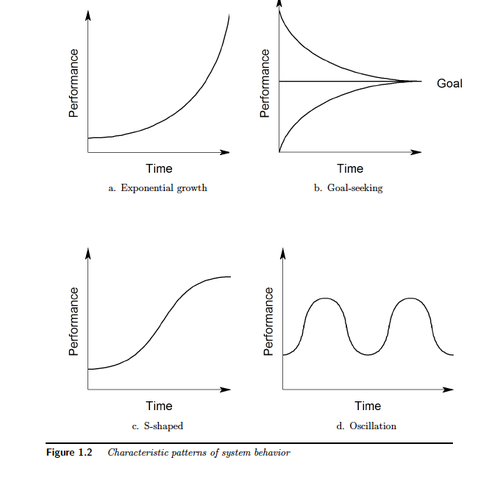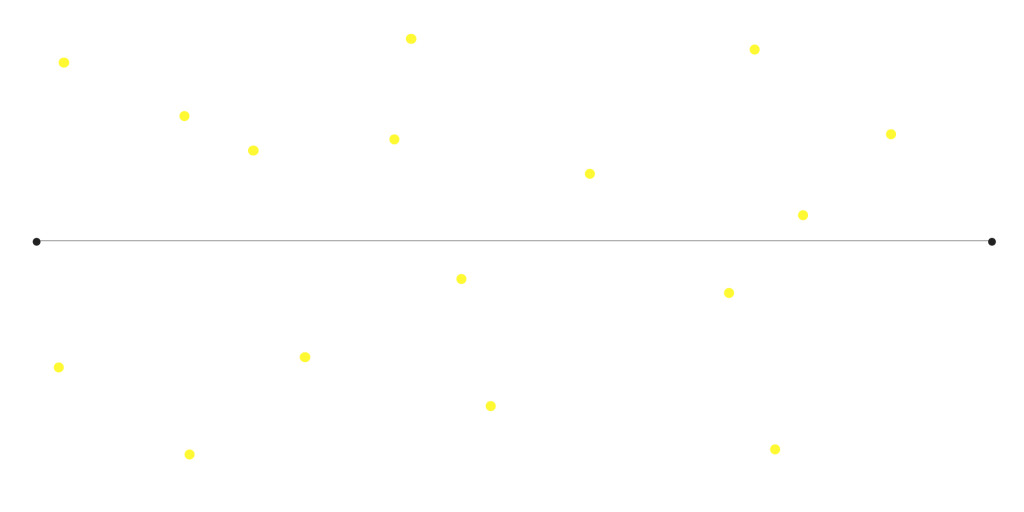System Behaviour and Causal Loop Diagrams 1
Human beings are quick problem solvers. From an evolutionary standpoint, this makes sense—if a sabertooth tiger is bounding toward you, you need to quickly decide on a course of action, or you won’t be around for long. Thus, quick problem solvers were the ones who survived. We quickly determine a cause for any event that we think is a problem. Usually we conclude that the cause is another event.
This made me think of creativity. It’s obvious that creative thinking is the best way to solve business problems. The way this was paragraph written made me visually comprehend what that meant. It really made me look at things in a different way. I started thinking about the causal loops we did last Friday in class. Firstly, I did it wrong and I managed to create a mega mind map instead (which might I point out, is a creative thinking tool) and I was supposed to be solving a problem rather, which was making the abstract tangible, or recognising the cobblestones to the solution.
So, I think the connection i’m trying to articulate here is that; Creativity seems to be recognising a cobblestone, using the imagination to come up with something, and systems thinking is recognising the pathways and seeing how the cobblestones are connected to each other.

Systems thinking is recognising the pathways and seeing how the cobblestones are connected to each other.
“Creativity is just connecting things. When you ask creative people how they did something, they feel a little guilty because they didn’t really do it, they just saw something. It seemed obvious to them after a while.” ~ Steve Jobs
I have posted a diagram above to try and illustrate this point further.
The methods of systems thinking provide us with tools for better understanding these difficult management problems. The methods have been used for over thirty years (Forrester 1961)
In particular, they require that we move away from looking at isolated events and their causes (usually assumed to be some other events), and start to look at the organization as a system made up of interacting parts.
A causal loop would be one of these beautiful tools or methods. Causal loops are a way to articulate complex systems and understand the causes and effects of a system. This allows you to view it from different perspectives so one can get down to the conditions of causes and solve issues from an internal system structure.
To start to consider system structure, you first generalize from the specific events associated with your problem to considering patterns of behaviour that characterize the situation.
I am really enjoying the way this paper is written. This passage made me think of emptiness. When emptiness is being explained they always start off by explaining consciousness on a gross level, which is similar to how one generalises as stated above. In Buddhism, once the gross level is experienced/actualised or observed, one moves deeper into the subtler levels of consciousness.
The systems approach gains much of its power as a problem solving method from the fact that similar patterns of behaviour show up in a variety of different situations, and the underlying system structures that cause these characteristic patterns are known. Thus, once you have identified a pattern of behaviour that is a problem, you can look for the system structure that is known to cause that pattern. By finding and modifying this system structure, you have the possibility of permanently eliminating the problem pattern of behaviour.
This is really beautiful. It is so similar to meditation of observation, where one observes the systems of the body, breaking each level down further and further until they understand the nature of something for what it is.
There are four main patterns of behaviour which show up individually in systems or in combinations. These are Exponential growth, Goal-seeking behaviour, s-shaped growth and oscillation.

I’ll continue examining this tutorial in the following blog post.

